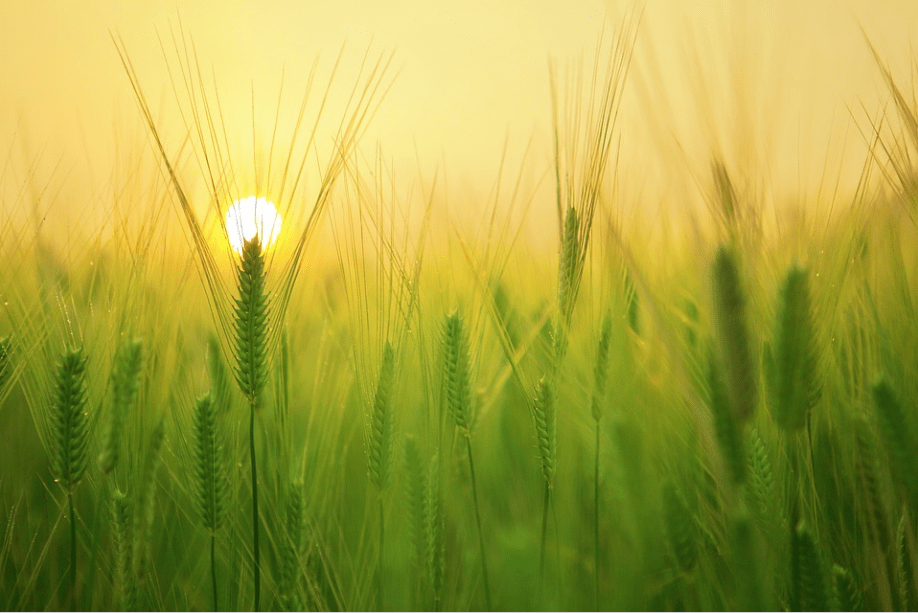5 reasons you’re getting less accurate soil moisture release curves
In this 20-minute webinar, METER scientist Leo Rivera compares available methods and teaches how to combine the latest technology to generate full, accurate curves with hundreds of points in only a couple of days—instead of a couple of months.

Watch the free webinar: https://metergroup.com/webinars/5-reasons-youre-getting-less-accurate-soil-moisture-release-curves/
Why archaic methods are killing your accuracy
If you’re still spending months generating a handful of points to produce only a partial soil characteristic curve—old-school methods are holding you back. What if you could create a soil moisture release curve in just 48 hours? And not just a curve with a few points, but a detailed absorption and desorption curve composed of hundreds of points that show exactly what happens as your soil absorbs and desorbs water throughout the entire range of water potentials?
Change the way you understand your soil
Partial curves made with older methods don’t give you enough data for a complete picture of what’s happening in your soil. Hundreds of studies show that faster, high-precision modern methods are more accurate—so you can reach better conclusions that stand up to rigorous scientific scrutiny. In this 20-minute webinar, METER scientist Leo Rivera compares available methods and teaches how to combine the latest technology to generate full, accurate curves with hundreds of points in only a couple of days—instead of a couple of months. Learn:
- The science behind current available methods
- The pros and cons of each method
- Advances in soil moisture release curve technology
- Best practices
Watch the webinar: https://metergroup.com/webinars/5-reasons-youre-getting-less-accurate-soil-moisture-release-curves/
Presenter
Leo Rivera operates as a research scientist and Hydrology Product Manager at METER Group, the world leader in soil moisture measurement. He earned his undergraduate degree in Agriculture Systems Management at Texas A&M University, where he also got his Master’s degree in Soil Science. There he helped develop an infiltration system for measuring hydraulic conductivity used by the NRCS in Texas. Currently, Leo is the force behind application development in METER’s hydrology instrumentation including HYPROP and WP4C. He also works in R&D to explore new instrumentation for water and nutrient movement in soil.

















